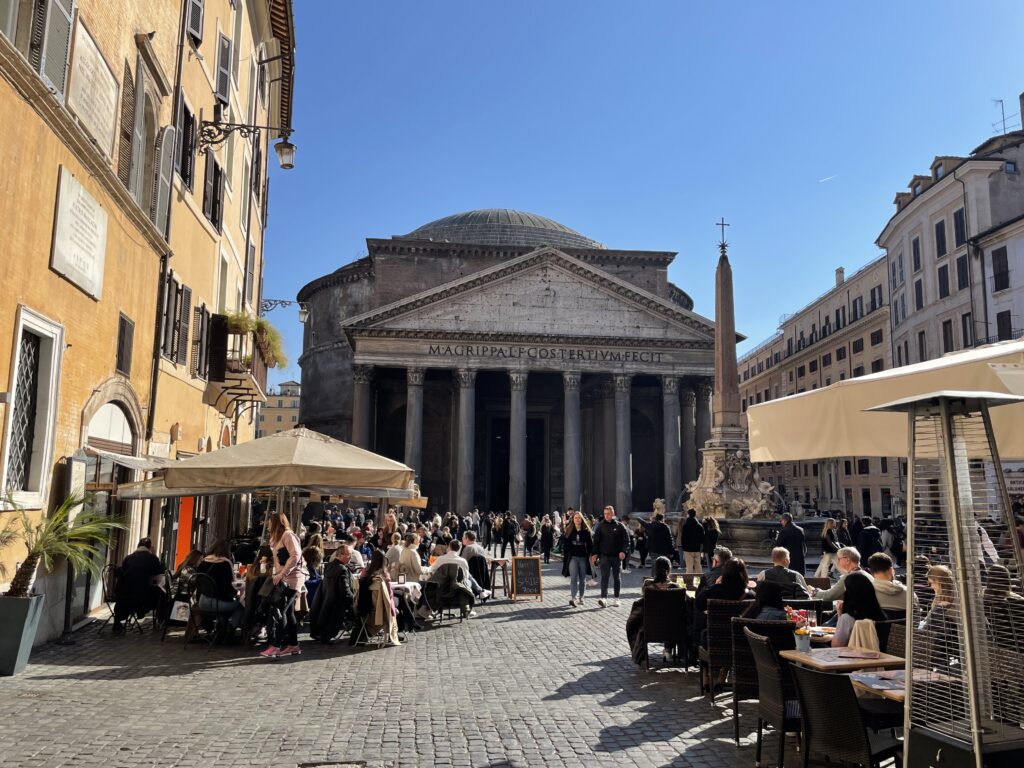Gladiator: Inaccurate but Riveting
Having never seen it before, I decided to watch the 2000 film Gladiator. As I had never seen it, Gladiator seemed like a natural choice. The film follows the protagonist, Maximus, and shows his redemption arc. Though he once started out as one of Rome’s top generals and was a close friend to (and heir apparent of) the emperor Marcus Aurelius, his whole life was turned upside down when Marcus Aurelius’s hotheaded son, Commodus, kills his father and wishes to have Maximus dead too. Maximus escapes, but ends up getting sold into gladiatorialship. Through noble fighting, Maximus works his way back to Rome, eventually taking on Commodus in a fight that he finds himself victorious but mortally wounded in. He does not die in vain, however, and his death (and the killing of the unpopular Commodus) bring about positive political change to Rome.
The movie is certainly likable. Being a big-budget Hollywood movie, the production is of high quality. The cinematography of Gladiator is excellent, and in contrast to plenty of other movies from this time period, the computer generated imagery still holds its own today. These two aspects of the movie help to give the viewer a feel of ancient Rome. Sure, the ruins of many ancient Roman buildings still exist today (and some are very well preserved), but as a whole it is difficult for the average person to imagine what ancient Rome actually looked like. Gladiator does this well, and though it certainly isn’t a perfect recreation of Rome it’s difficult to not be inspired by the Rome that the movie puts on screen.
But how does it hold up as a Roman film? A common criticism of many action movies aiming to be historically accurate is that they often sacrifice facts for a stronger storyline. A quick Google search reveals that the movie’s director, Ridley Scott, actually wanted Gladiator to be mostly historically accurate, and Scott even hired historians to help him achieve this goal. That said, Gladiator is still a Hollywood movie, as such, has some ideas that simply wouldn’t have held water if this movie was trying to be truly realistic.
I’ve seen lists of historically inaccurate movies and noticed Gladiator was on there (this is one of the reasons why I haven’t had much interest in watching it before), but facts aside, perhaps the most glaring is the plotline itself. Most audiences love a good redemption arc, but Maximus’s simply would have been extremely far-fetched. Maximus would likely have been properly killed or exiled early on, and if the latter happened it would have been difficult for him to get back into Rome. The chances of him being sold into gladiatorship would have been slim, and though the idea of him fighting his way back to Rome certainly sounds nice it’s unlikely that this would have happened. If he had managed to stay alive as a gladiator, it’s more likely that he would’ve ended up in the same boat as Proximo and trained future gladiators. And, of course, during Commodus’s death, it’s likely that he would have simply been killed earlier by his guards had they been distasteful in him, rather than refusing to assist him during his fight with Maximus.
At the end of the day, however, Gladiator doesn’t actually need to be historically accurate. It just needs to be interesting, which it definitely is. Similar to other historically inaccurate but engaging action movies (such as Saving Private Ryan, Pirates of the Caribbean, and 300), movies like Gladiator, in having a compelling story, get people interested in historical topics they might otherwise not come into contact with, and for that reason I think Gladiator is an excellent film.

